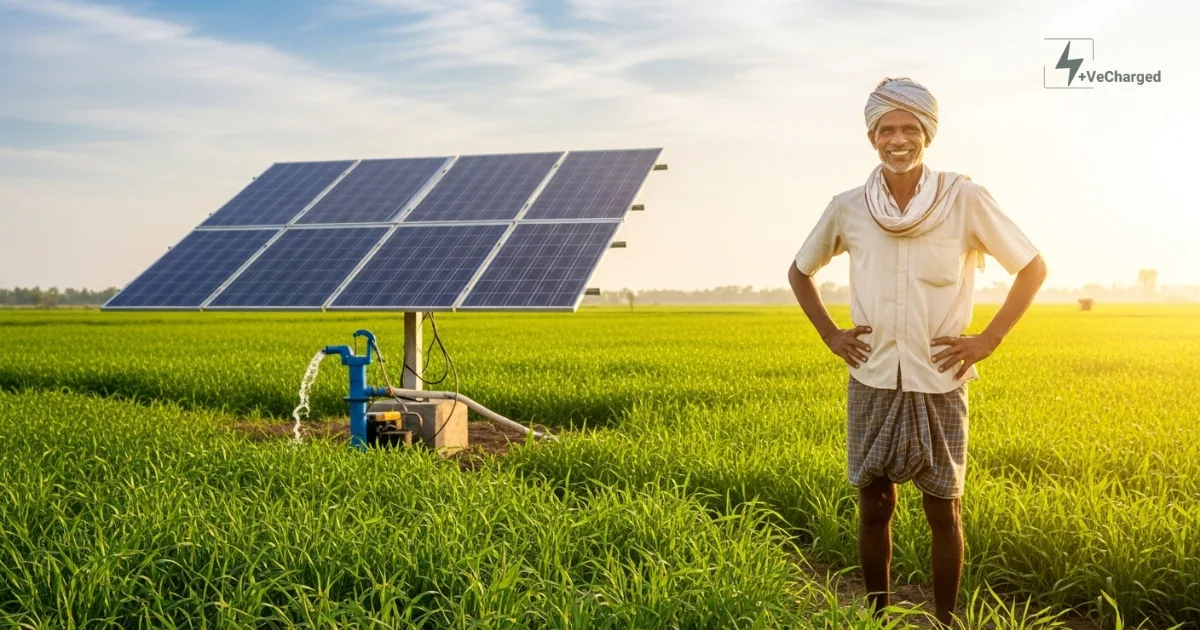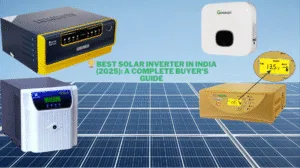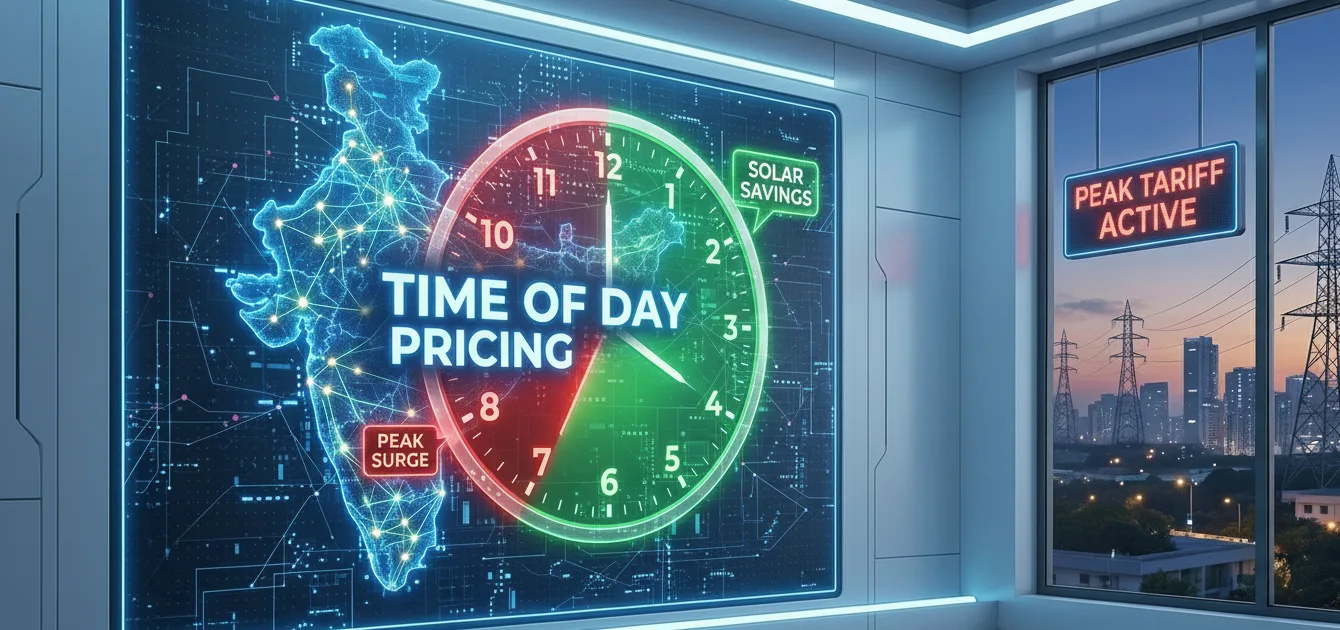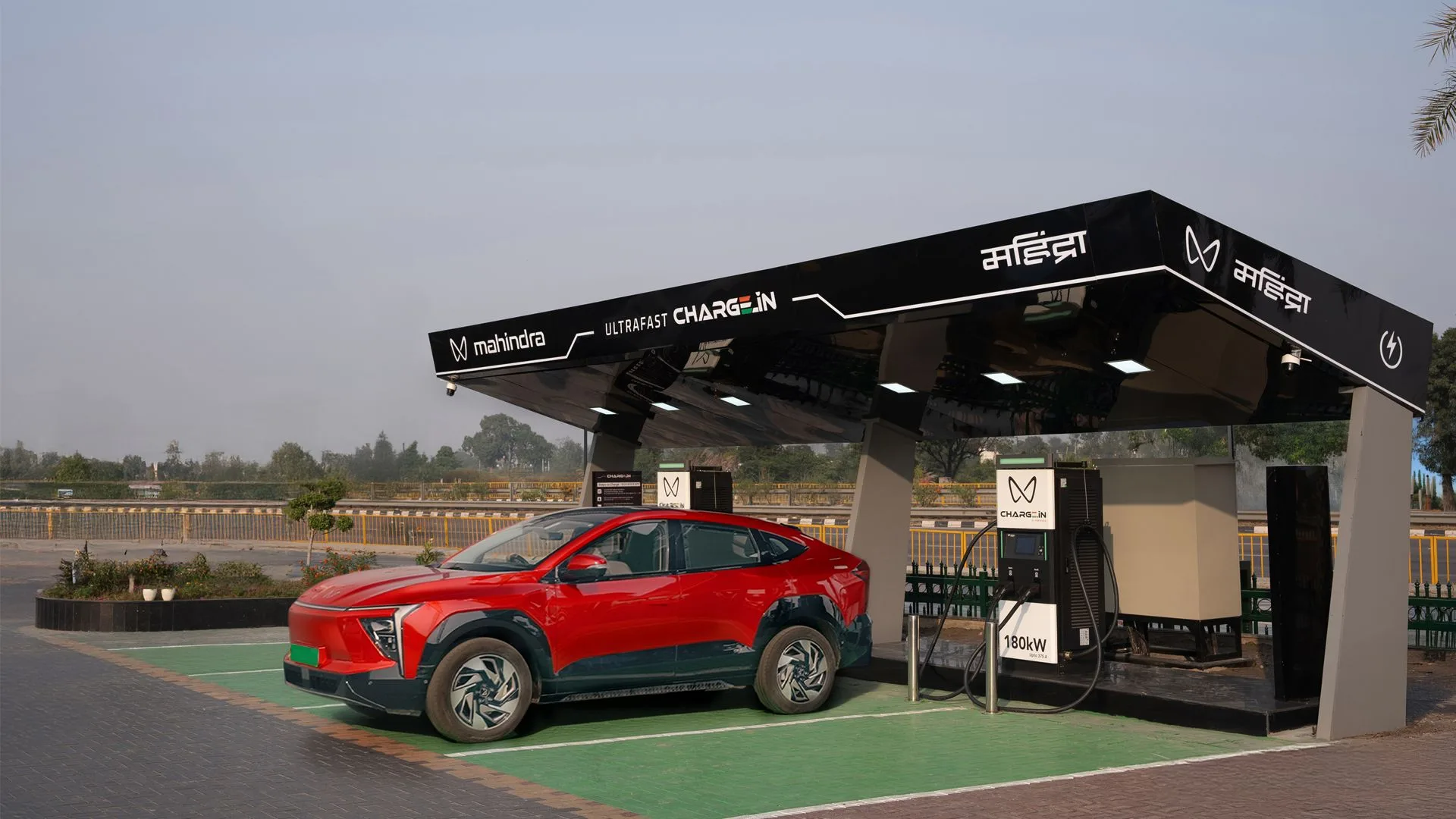You’ve decided to buy an electric scooter. You’re dreaming of the freedom—freedom from the endless queues at the petrol pump, from the suffocating fumes in traffic, and from the ever-increasing cost of fuel.
But a new anxiety takes root. The blinking battery icon.

Suddenly, you have questions. Where do I charge this thing? Will my electricity bill explode? Is it safe to charge in the monsoon? What if there’s a power cut? The excitement of a new EV is quickly clouded by a fog of confusion.
At Vecharged, our mission is to protect our readers with absolute clarity. This is not just another article. This is the definitive, stress-removing guide to charging your electric two-wheeler in India. We will answer every question, bust every myth, and give you the confidence to ride electric, worry-free.
The Vecharged “Reader-First Shield”
Before we dive in, know this: our analysis is brutally honest. We are not here to sell you a charger or a scooter. We are here to protect you from making a bad decision. We will show you what the brands promise, and then we will show you the reality.
The 3 Levels of Charging in India: A Simple Framework
Forget the confusing jargon. In the real world, there are only three types of charging you need to understand.
Level 1: Home Charging with a Portable Charger (The Lifeline)

This is the charger that comes in the box with almost every electric scooter in India.
- What it is: A simple, relatively slow charger that looks like an oversized laptop power brick.
- How it works: You plug one end into your scooter and the other into any standard 5A/15A wall socket in your home—the same kind you use for a microwave or a geyser.
- Best for: Overnight charging. This is the method you will use 95% of the time. You come home, plug in your scooter, and wake up to a full charge.
The Reality Check: While incredibly convenient, a portable charger is slow. A full charge on a scooter like the Ola S1 Pro can take 6 to 7 hours. This is perfect for overnight, but not for a quick top-up if you’re in a hurry.
Level 2: Home Charging with a Wall-Mounted Fast Charger (The Upgrade)
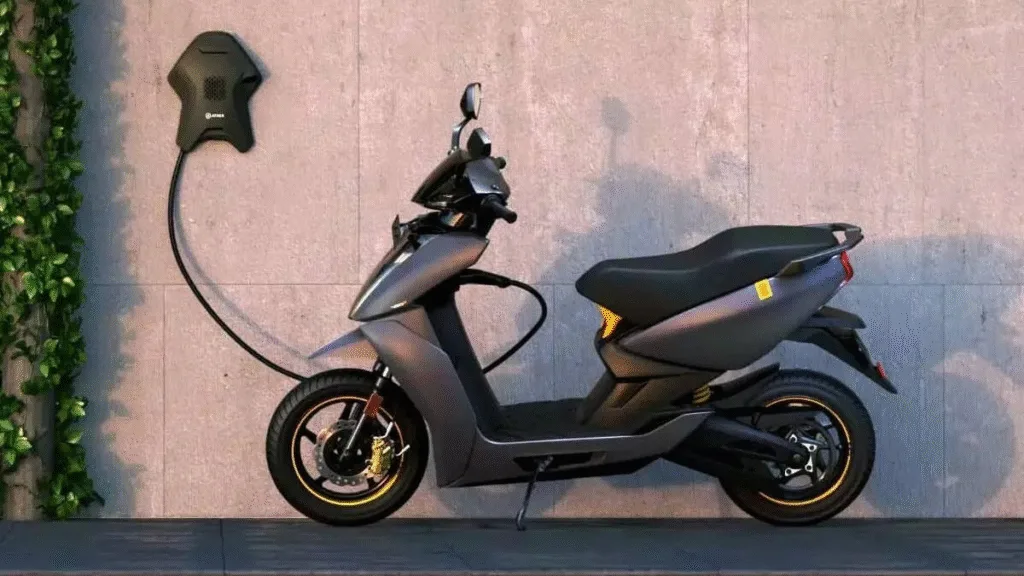
This is an optional accessory that you can have professionally installed in your dedicated parking spot.
- What it is: A sleek, weatherproof box mounted on your wall, like a mini petrol pump for your home.
- How it works: It draws more power from your home’s connection, dramatically cutting down charge times.
- Best for: Users who need faster top-ups or have high daily usage. It can slash the charging time for an Ola S1 Pro down to 4-5 hours.
Our Protective Advice: Do not buy a home fast charger unless you genuinely need it. For the vast majority of Indian commuters, the free portable charger that comes with your scooter is more than sufficient for your daily needs. Save your money.
Level 3: Public Fast Charging (The Safety Net)
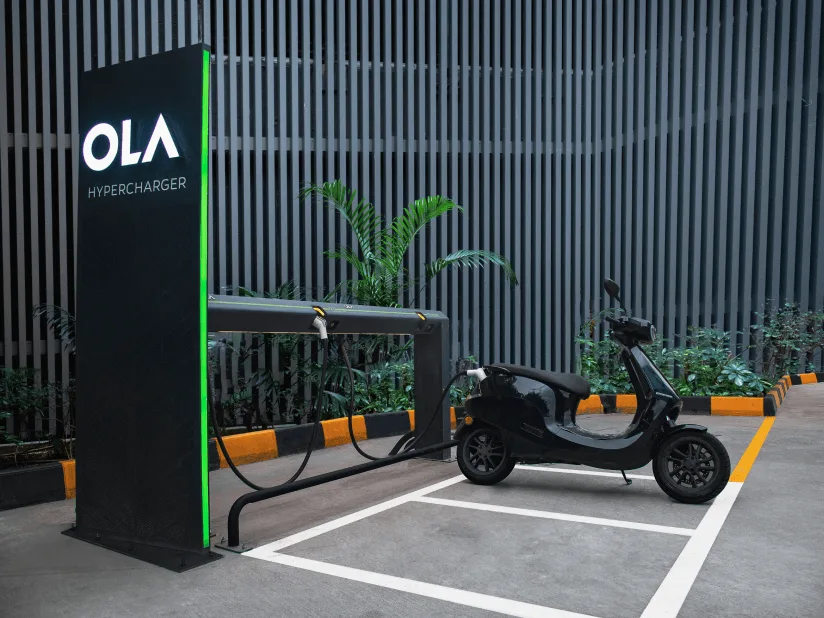
These are the charging stations you see in malls, metro stations, and office complexes.
- What it is: A network of high-power DC fast chargers designed for quick top-ups when you’re on the go.
- Who owns them: Major brands have their own networks (Ather Grid, Ola Hypercharger, TVS Charging Network), while some are operated by third-party companies.
- Best for: Emergency top-ups or for people who don’t have access to home charging (e.g., those living in apartments with restrictive societies).
The Marketing vs. The Reality:
- Marketing Claim: “Get 50km of range in just 15 minutes!”
- The Vecharged Reality Check: This is technically true, but only under perfect conditions and only for a small portion of the charging cycle. Fast charging is like a pressure washer—it’s very powerful at the start but has to slow down to a trickle as the battery gets full to protect it. It’s a lifesaver for getting a quick 30-40% boost, but a full 0-100% charge will still take over an hour.
The Brutally Honest Cost Breakdown: Home vs. Public Charging
This is where the electric scooter revolution truly wins. Let’s break down the math in a way brands won’t.
| Metric | Home Charging (Your Wall Socket) | Public Fast Charging (e.g., Ather Grid) |
| Average Cost per Unit (kWh) | ₹8 / kWh | ₹18 – ₹25 / kWh |
| Full Charge Cost (Ola S1 Pro, 4kWh) | ₹32 (4 kWh x ₹8) | ₹80 (4 kWh x ₹20) |
| Cost per Kilometer | ~25 Paisa / km | ~60 Paisa / km |
| Petrol Scooter Cost per Kilometer | ~₹2.50 / km | ~₹2.50 / km |
The Vecharged Verdict: Charging at home is almost 10 times cheaper than petrol. Even the most expensive public chargers are still 4 times cheaper than petrol. Your wallet will thank you every single day.
The Vecharged Reality Check: Modern electric scooters (like Ather, Ola, TVS) and their chargers have an IP rating (e.g., IP65 or IP67), which means they are designed to be water-resistant, not waterproof. They can handle splashes and rain without issue. However, safety depends on common sense.
- ✔ DO ensure your wall socket is covered and protected from direct rain.
- ✔ DO keep the charger brick itself off the ground and sheltered from a heavy downpour.
- ❌ DO NOT let the charger or any part of the cable sit in a puddle or submerged water.
The Vecharged Reality Check: Let’s use real numbers. A scooter like the Ola S1 Pro has a 4 kWh battery. The average electricity rate in India is around ₹8 per kWh (unit).
- Cost for one full charge: 4 kWh x ₹8/kWh = ₹32.
- Monthly Cost (assuming you charge 20 times): 20 x ₹32 = ₹640.
Our Protective Advice: A standard orange or white extension cord from a hardware store is not designed for the high, sustained power draw of an EV charger. Using one for 4-6 hours creates a severe risk of overheating, melting, and fire.
- If you absolutely must use an extension, it must be a heavy-duty, 15A-rated cord with a very thick wire (1.5mm² or higher).
- Keep the length as short as possible to minimize power loss and heat buildup.
- The safest and only Vecharged-recommended solution is to have a qualified electrician install a proper, weatherproof 15A socket in your parking spot.
The Vecharged Reality Check: Your scooter’s battery can only store DC power.
- AC Charging (Home): When you plug into your wall socket, you’re getting AC power. The small charger that came with your scooter (the “brick”) slowly converts this AC power to DC to feed the battery. The charger’s size is the bottleneck, hence the slow speed.
- DC Charging (Public): A public fast charger is a huge, powerful box. It does the AC-to-DC conversion outside your scooter and pushes DC power directly to your battery, bypassing the small onboard charger. This is why it’s so much faster.
The Vecharged Reality Check: Think of it like your body. A sprint is fine, but you wouldn’t sprint a marathon. Fast charging generates more heat, and heat is the primary enemy of a battery’s longevity. The scooter’s Battery Management System (BMS) is designed to protect it by slowing down the charging speed as it gets full. Using a DC fast charger once or twice a week is harmless. Using it every single day instead of slow overnight AC charging may lead to a minor (5-10%) reduction in the battery’s total lifespan over many years. For 99% of users, the convenience far outweighs the minimal impact.
The Vecharged Reality Check: The myth of needing a replacement after 2-3 years is false. Modern EV batteries are warrantied for 3-5 years or 50,000+ km. They are designed to retain at least 80% of their original capacity after hundreds of charge cycles. Unless you are a delivery rider covering 150km every single day, you can realistically expect 7-8 years of reliable performance before you would even begin to notice a meaningful decrease in your daily range.
Our Protective Advice: A lithium-ion battery slowly loses charge over time. If you plan to store your scooter for more than a few weeks:
- Charge the battery to a storage charge of 50-60%. Storing it at 100% or 0% for long periods is not ideal for its health.
- If possible, switch off the main MCB (circuit breaker) on the scooter, usually found under the seat.
- The scooter will lose a few percentage points of charge per month. It will not be dead after 30 days. You can safely store it for 3-4 months this way before needing a top-up.

Suhas Shrikant is the founder of Vecharged and an engineering enthusiast specializing in high-power off-grid solar systems. He has designed and built over a dozen custom systems and uses his hands-on, field-tested experience to create Vecharged’s expert guides and reviews.

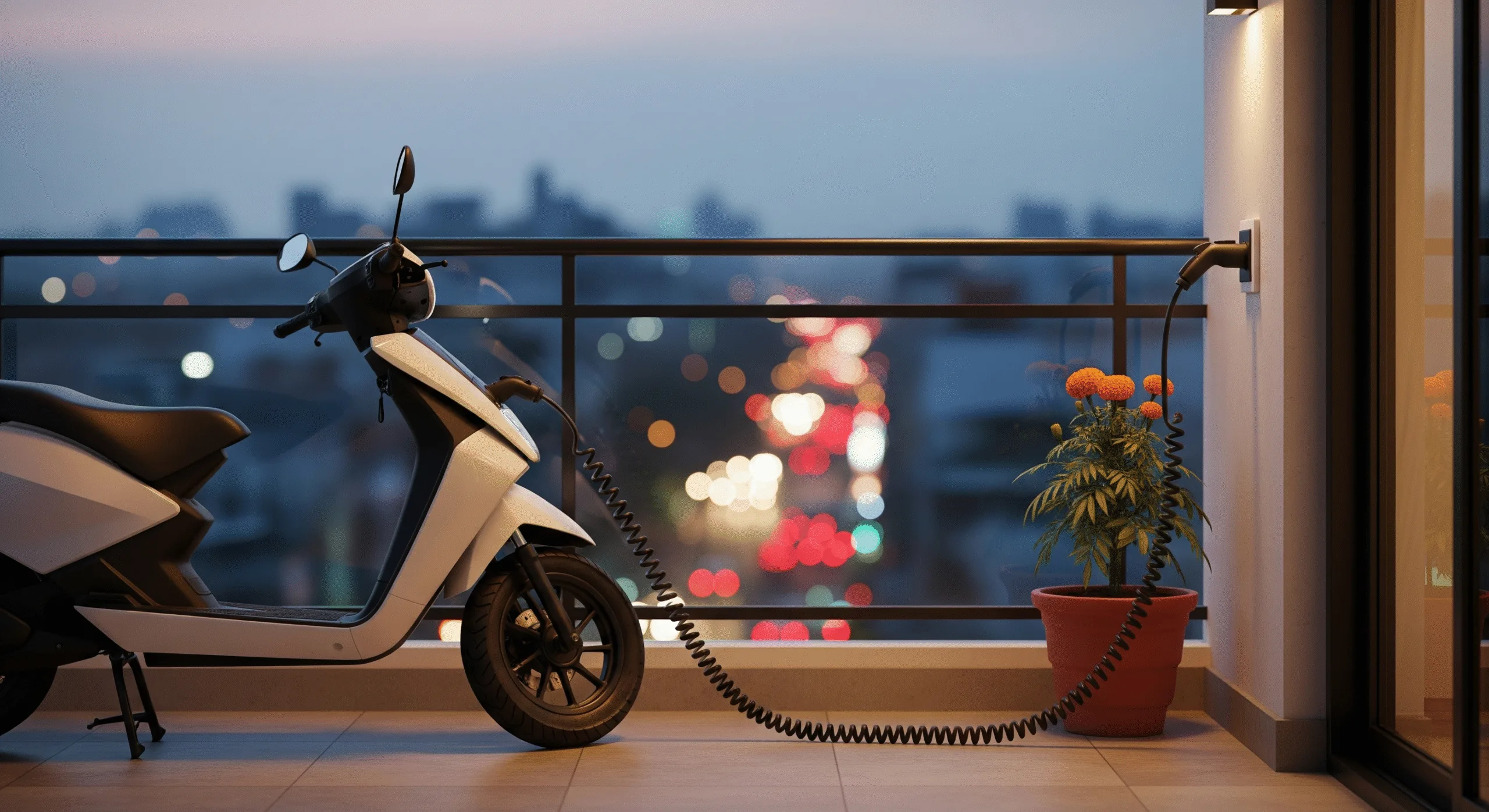
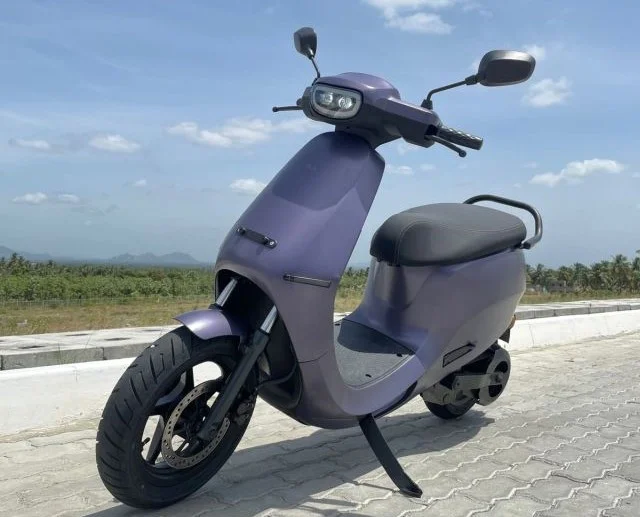
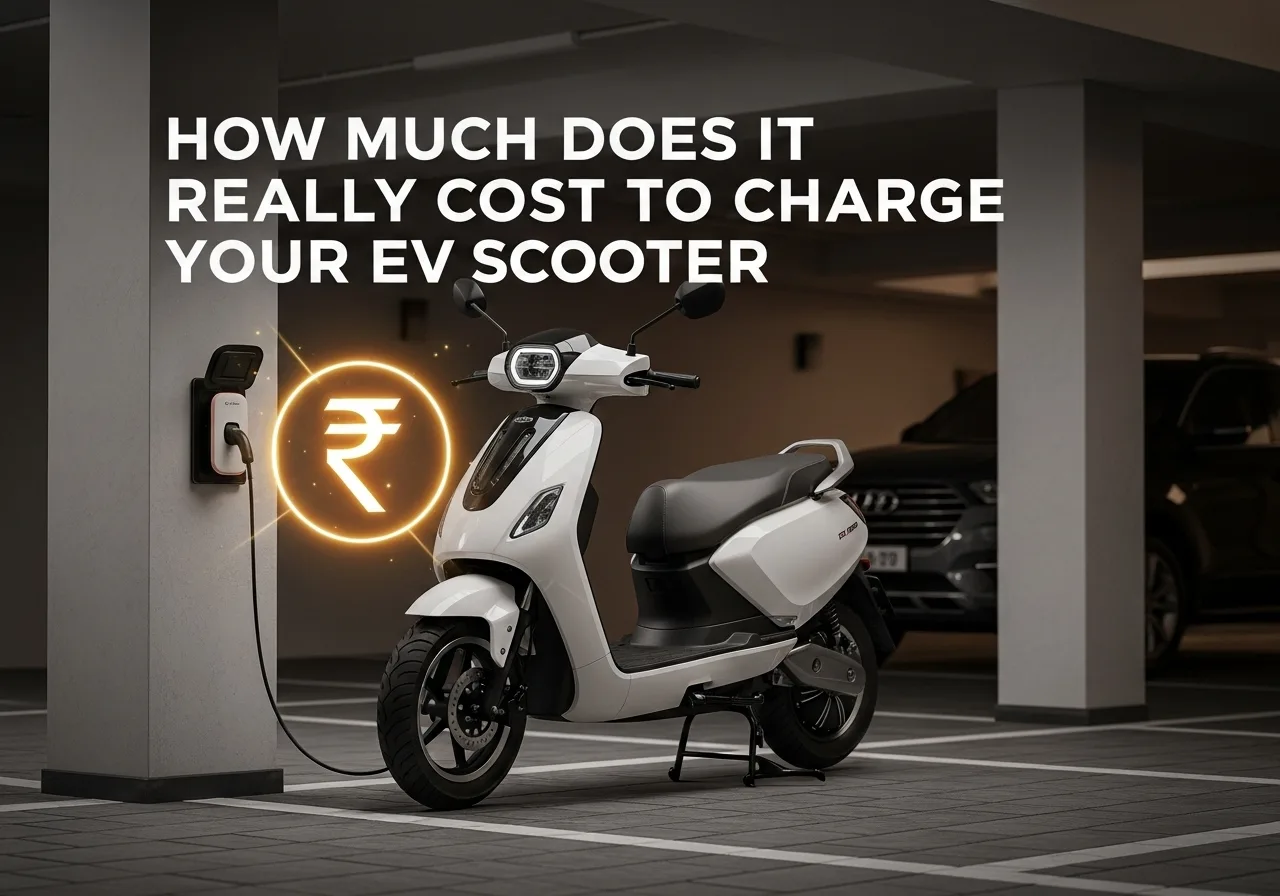
![Is an EV Cheaper Than Petrol in India? [2025 Savings Calculator] India EV Savings Calculator](https://vecharged.com/wp-content/uploads/2025/08/Generated-Image-August-28-2025-2_58PM-e1756373828342-300x168.jpeg)



